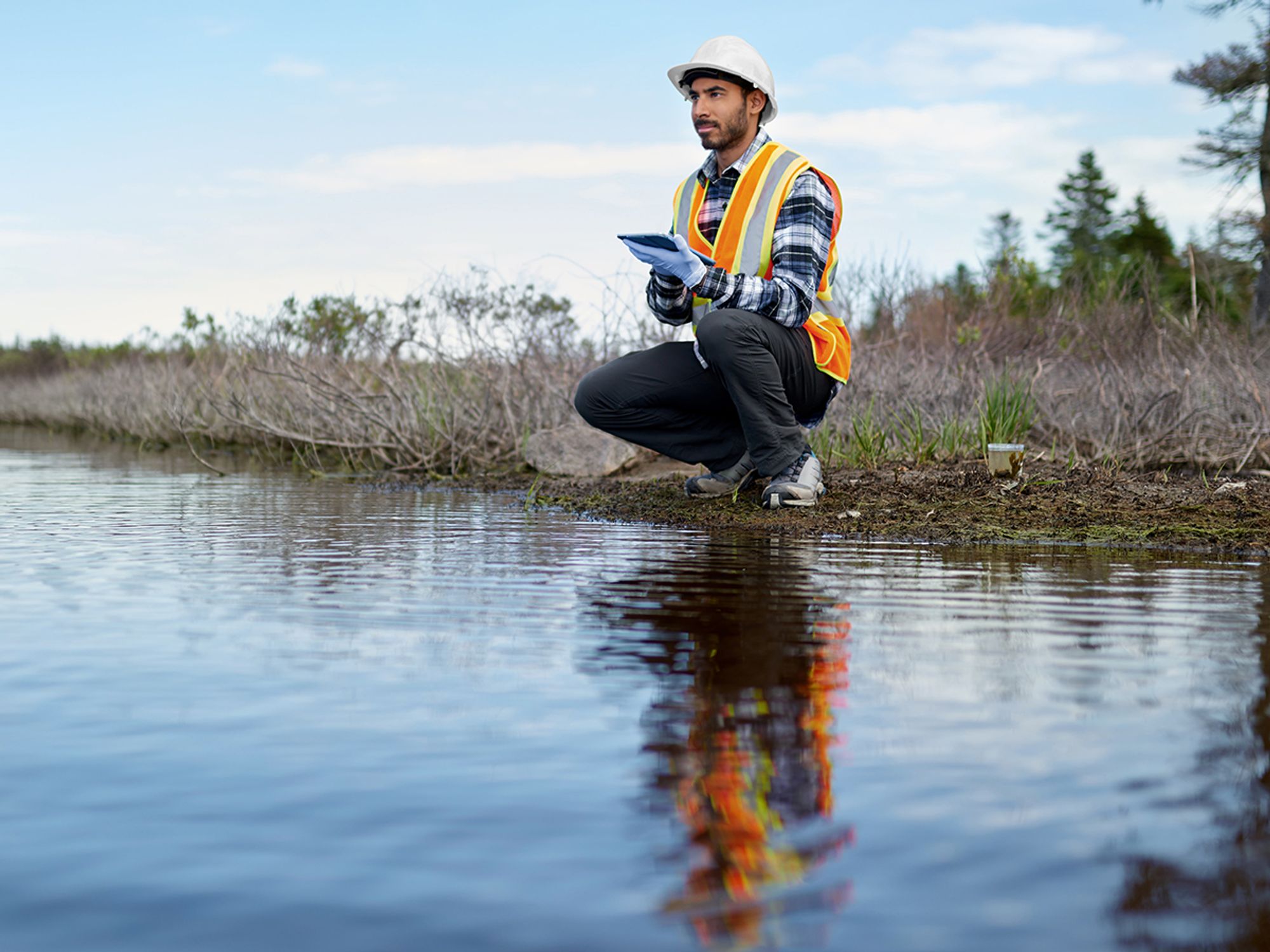“Into the environment” and vessel or facility determination factors

- Releases to the environment do not include releases that are wholly contained inside a closed containment structure.
- Notification is required for releases of hazardous substances from vessels or facilities.
“Into the environment”
Release means “any spilling, leaking, pumping, pouring, emitting, emptying, discharging, injecting, escaping, leaching, dumping, or disposing into the environment . . . .” Therefore, it is important to understand the term environment, which means:
- The navigable waters, the waters of the contiguous zone, and the ocean waters of which the natural resources are under the exclusive management authority of the United States under the Magnuson-Stevens Fishery Conservation and Management Act (16 U.S.C. 1801 et seq.), and
- Any other surface water, groundwater, drinking water supply, land surface or subsurface strata, or ambient air within the U.S. or under the jurisdiction of the U.S.
Therefore, as stated, “the environment” includes all environmental media (i.e., air, water, land surface and subsurface strata).
Releases to the environment do not include releases that are wholly contained inside a closed containment structure, such as a building or an enclosed vehicle. Hazardous substances discharged in buildings or vehicles with active vents or openings, however, may become releases into the environment.
For example, a spill of a hazardous substance onto a concrete floor of a totally enclosed manufacturing facility could be released into the environment if part of that substance seeps into the ground through cracks in the concrete or volatilizes into the atmosphere via process vents. When a release exceeds or equals the reportable quantity, the facility is subject to the notification requirements of the Comprehensive Environmental Response, Compensation, and Liability Act (CERCLA) 103.
Vessel or facility determination
The next step in determining when a release triggers notification is to determine the origin of the release; that is, whether the release occurred from a facility or vessel. Notification is required for releases of hazardous substances from vessels or facilities.
A facility is any building, pipe, landfill, lagoon, motor vehicle, or other structure listed in the Comprehensive Environmental Response, Compensation, and Liability Act (CERCLA) 101(9). Facility excludes consumer products in consumer use, such as a spill of paint thinner from a private home. A vessel is defined as any watercraft or other artificial contrivance used, or capable of being used, as a means of transport on water (CERCLA 101(28)).
